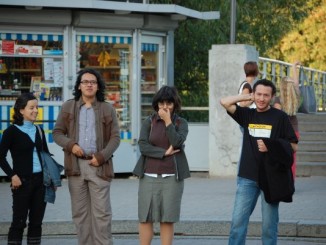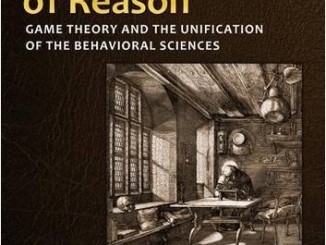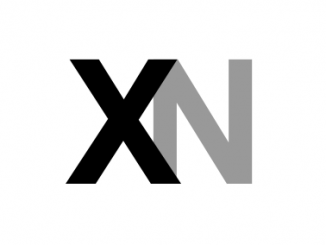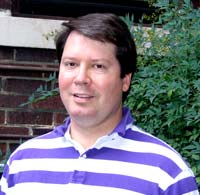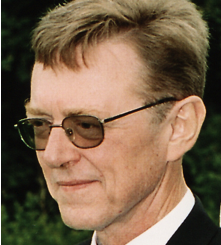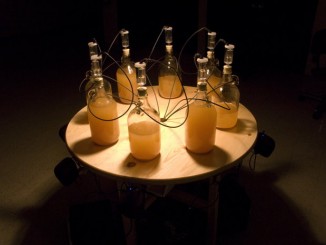
Semiotics in Lithuania: The A. J. Greimas Semiotics and Literary Theory Centre at Vilnius University
Established in 1992, the Algirdas Julius Greimas Centre for Semiotic Studies and Research aims at developing semiotics and contemporary theories of meaning. It also endeavors to apply semiotic principles and methods in the humanities and social sciences disciplines, encouraging interdisciplinary (semiotic and hermeneutic) research, developing Lithuanian semiotic terminology, educating competent researchers of contemporary cultural, social, and political discourses, and updating Lithuanian humanists about the latest European semiotic advances. The name of Greimas inspires the members of the centre to continue the traditional cooperation between Lithuanian and French semioticians and to represent Greimasian semiotics in international semiotics forums. […]
